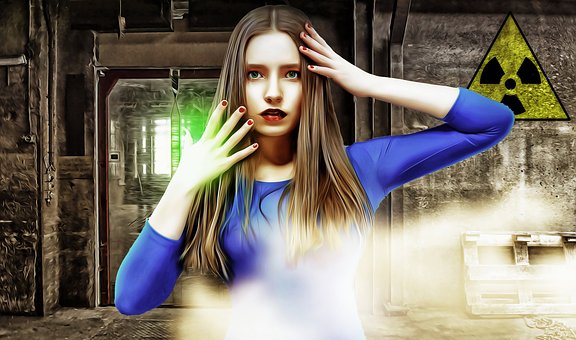
Why Should I Use Skincare Without Toxins?
Why Should I Use Skincare Without Toxins?
In this 8 part series, we are going to address some of the common toxins used in skincare and cosmetics.
Many beauty and skin care products on the market are full of hidden chemicals. If you want to be healthy and still have good skin, you may be wondering, is it possible?
Yes, just like you can swap out harsh cleaning products and get rid of toxic food, you can change out your skin care.
Under current law, the FDA doesn’t require cosmetics companies to conduct safety assessments on their products. Harmful ingredients can be easily masked under confusing or deceptive titles like “fragrance.” They may even be listed, plain and simple, on the label, but with no messages to inform consumers of their potentially harmful effects.
It’s vital to think about what you’re putting on your skin. Your pores absorb what you put on them—they don’t know any better!
So let’s talk about some toxic chemicals and how to get healthy with our beauty routines!
WTF is this???
Quaternium-15 and Other Formaldehyde-Releasing Preservatives
You may already know that treated wood, such as particleboard, can release formaldehyde, but did you know to watch out for it in your makeup?
When some chemicals break down, they release harmful formaldehyde gas, classified as a known human carcinogen by the U.S. Department of Health and Human Researchers and the International Agency for Research on Cancer.
The main risk is through inhalation. The European Union (E.U.) mandates that formaldehyde-releasing preservatives in cosmetics be labeled as such if they exceed .05%. For those outside the E.U., we have to get savvy with our ingredient vetting.
What should I look for?
- DMDM hydantoin
- BHUT (butylated hydroxytoluene)
- bronopol
- diazolidinyl urea
- sodium hydrozymethylglycinate
- imidazolidinyl urea
- methenamine
- quarternium-15, Quaternium-18, Quaternium-26
Quaternium-15 is one of the more common ones, used in mascara, pressed powders, and eyeliners. In addition to potentially causing cancer, this ingredient can cause skin sensitivities and irritation. It belongs to a class of compounds called quaternary ammonium compounds, or “quats.”
Quats have many uses—as preservatives, surfactants, germicides and conditioning agents. Choose products that use natural alternatives that perform similar functions such as rosemary, honey, tea tree oil, grapefruit seed extract, and vitamin E.
Can you read the label?
It is tough to find a product that you can understand the ingredients. There are so many things out there!
We recommend Rain Revri. The first of its kind made with Seed oils, plant extracts, and Seed stem cells. It has the highest natural concentration in the world at 98.7%.
Want to see for yourself?
For more information or to order product visit my website
www.SeedSupplements.com
To enroll as a distributor click here
Connect with me on Facebook